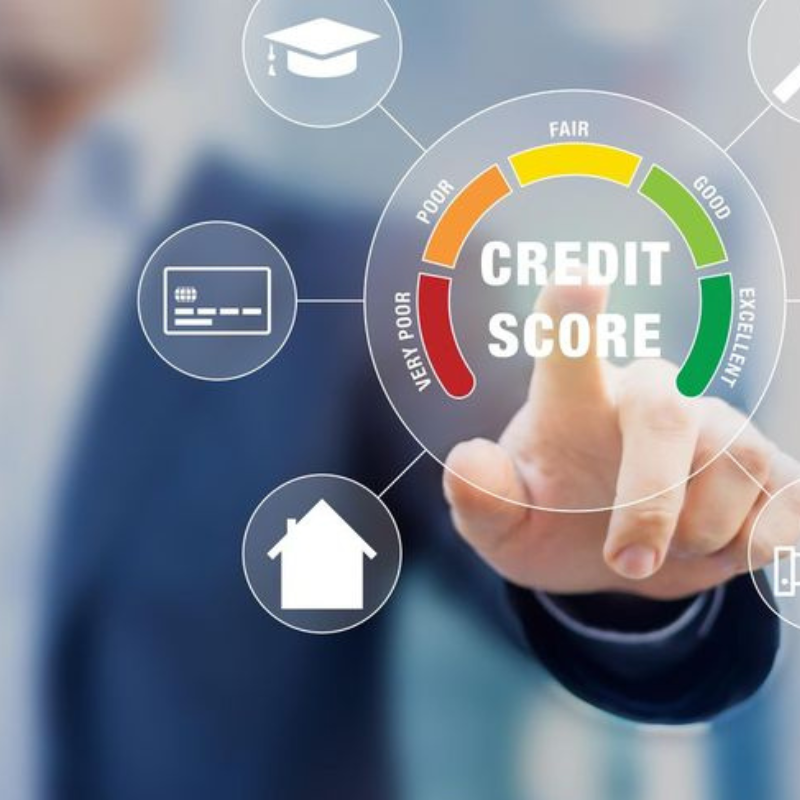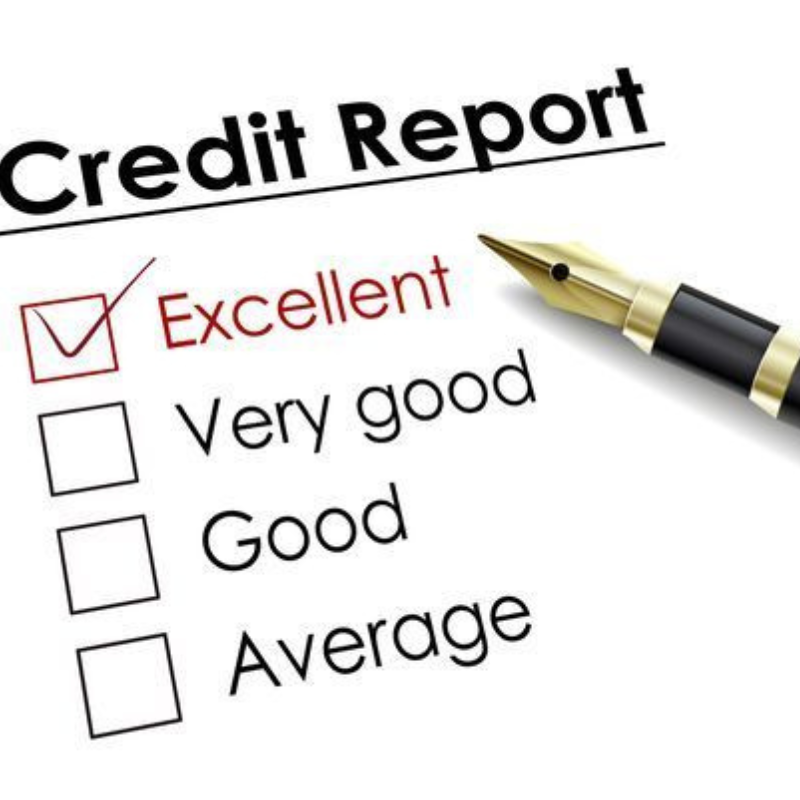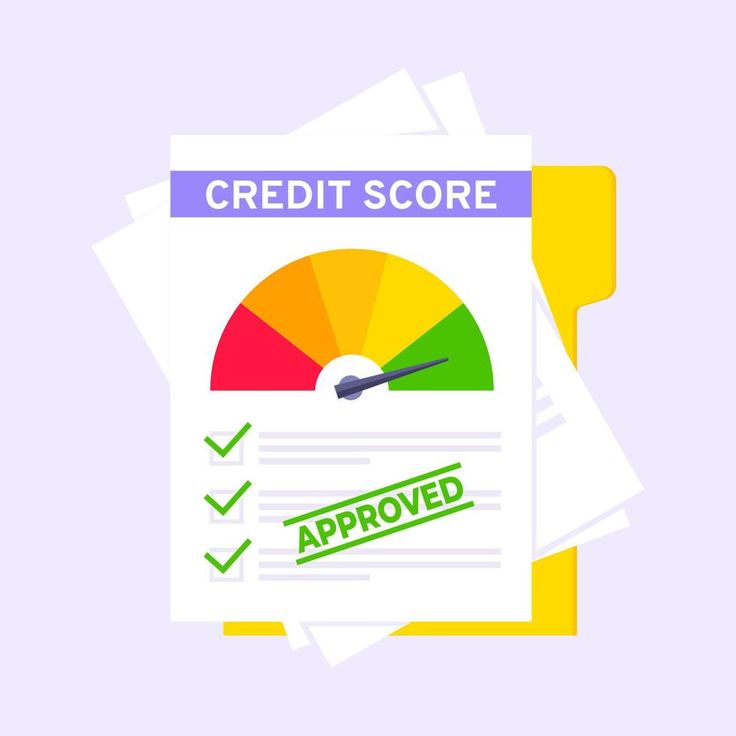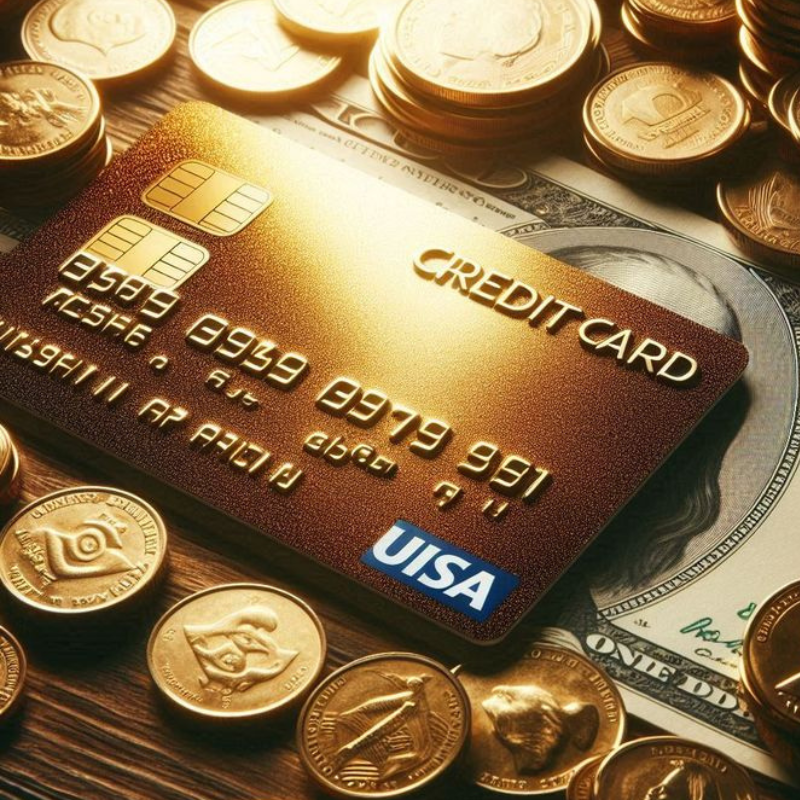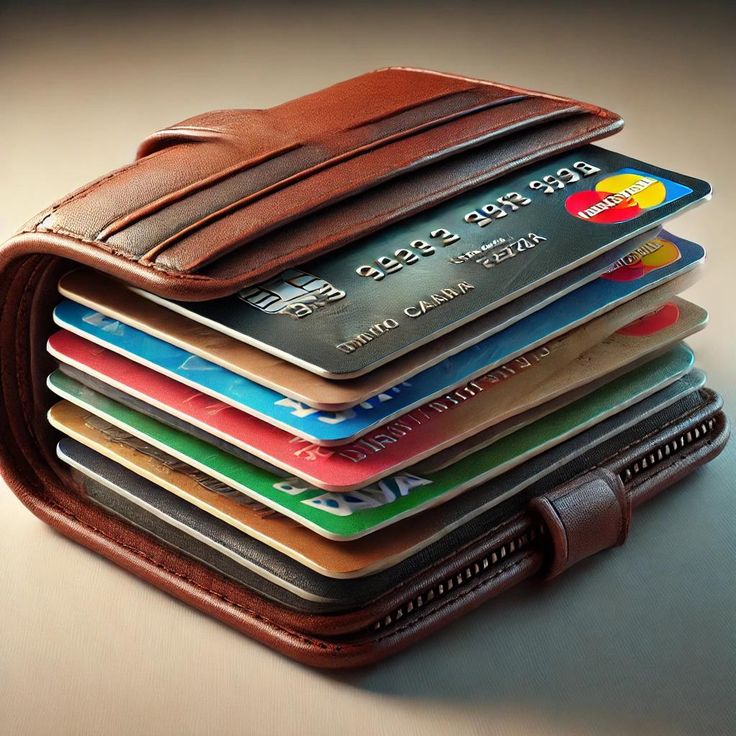Every great business starts with a spark—a bold idea, a persistent problem begging to be solved, a vision too powerful to ignore. But even the brightest spark needs fuel. That’s where business loans step in—not just as funding, but as a statement: this idea matters.
Whether you’re launching a startup or scaling a growing enterprise, the financial backbone of your business journey often relies on borrowed capital. And like any journey worth taking, the route is rarely straightforward.
Understanding the Terrain: What Is a Business Loan?
A business loan is money borrowed to support a company’s operations, expansion, or survival. It might help you lease a storefront, invest in inventory, hire talent, or weather a slow season. Loans vary—from small, short-term cash infusions to large-term investments with detailed repayment structures.
Banks, online lenders, government programs, and peer-to-peer platforms all offer different terms, interest rates, and approval processes. Knowing which one fits your specific goals can define whether your funding is a step forward—or a future burden.

There’s a rhythm to business finance: working capital loans, equipment financing, lines of credit, SBA loans, merchant cash advances. Each comes with its own risks and rewards. A restaurant may need upfront investment in kitchen gear, while a digital agency might rely on flexible credit during seasonal dips.
The secret? Understanding your why before you choose your how. Not every loan is meant for growth—some are simply survival tools. And some, though easy to get, can chain your future profits to sky-high repayments.
“Big visions are powered by small steps—and wise funding is one of them. Don’t borrow for the sake of growing fast; borrow to grow right.”
Building a Borrower’s Mindset
Lenders don’t just look at your business—they look at you. Credit score, business plan, cash flow history, and even personal experience matter. Preparation is power: gather documents, know your numbers, and walk in not just asking for money, but offering a clear plan.
Trust is the unspoken currency in any loan agreement.
Final Thought: The Investment in You
A business loan isn’t just an external investment—it’s a test of belief. In your idea. In your grit. In your ability to repay what you’ve borrowed with interest—both financially and in impact.
So borrow with intention. Not because you need to survive, but because you’re ready to build.






